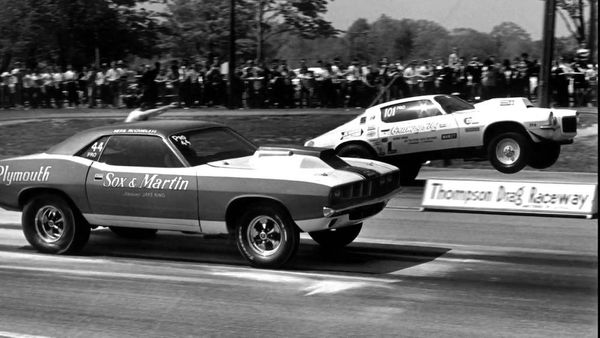What a unique look into the history of drag racing!
Professional drag racing today isn’t exactly the same animal it once was. Some might say it evolved, some might say it’s not ‘real’ racing anymore. However, back in the time when corporate dollars didn’t win races, things were a lot different. Either way you feel about modern racing, we wouldn’t have the sport we do today without the humble beginnings of the early racers.
As the saying goes, racing was invented when the second car was produced. Since the beginning of transportation, competition has always played a role in what humans do with their cars. It took several decades for a real ‘scene’ to emerge of people organizing races with their cars.
When drag racing (on tracks) kicked up and gained popularity back in the early 1950s, the cars came straight out of home shops and personal garages. Competitors were building the car they thought could stomp the competition, and all kinds of vehicles were put on the track as a result. Unlike today, there were very few guidelines, no rules, and almost no consideration for any safety measures.
By the time the 1960s arrived, a little more structure started to take shape. Actual race tracks formed for people to compete on, and from that, classes and rules were able to form too. This collection of footage over the two videos showcases that turning point in drag racing where things started to get more serious, and a ton more competitive.
While these videos might be short, and seem out of context to the novice viewer, they serve as a short history lesson, and window into that special vintage racing era. The compilation covers various events at several different tracks from the days long passed.
We thank Motorious for reprint permission














